I had the opportunity to chat with Bruce Boone the founder of Boone Technologies recently and we talked about his bike bling that I’d been drooling over in my Instagram feed. If you’re an old singlespeeder, you might recall Boone Titanium cogs and chainrings from days past… well, they’re back!
Q) Welcome back to the bike business! You were in the cog and chainring biz – I rode your stuff on my singlespeed some years ago and then you stopped making chainrings to focus on wedding rings and recently re-introduced your bicycle components. What drew you back to bikes?
BB – Hi Gomez. I was making the titanium wedding rings for the past 24 or so years exclusively but were still getting inquiries for my bike stuff a few times per week. I had 3 machining centers that weren’t being used a lot for rings so wondered if it might make sense to try to get back into the bike parts and fulfill the need. The pandemic seemed to really get bikes into the forefront of people’s minds and I heard about the short supply out there. I had always loved the bike industry, but when I was one of the original makers of titanium rings, those became far more profitable and were hard to say no to. As more and more people got into the ring market, it became harder and harder to stay fresh and ahead of people getting stuff made overseas by the boatload. The timing also coincided with my son graduating from college and being able to help me do the legwork necessary to bring the bike stuff back.
Q) I’ve noticed that you’ve really gotten creative with your multicolor anodizing fades. Share your inspiration and/or the process.
BB – Anodizing and finishing titanium is something we learned when doing the rings. Unlike anodizing aluminum, titanium is relatively easy and doesn’t take all the same chemicals and time and temperature controls. Once you learn the basics of how it works, there’s a lot of techniques that give really striking results.
Q) I see mostly rear cogs on your Instagram, do you still make chainrings? Formats?
BB – We do make chainrings in 5 bolt 130mm, 110/74mm, and 94/56mm and some direct drive chainrings. The chainrings use a lot of titanium stock and each one has to use its own exclusive fixture. They are machined at slow speeds to preserve cutters, so those factors combined mean that the cost is high. That’s the same reason I can’t offer full titanium cog sets as I used to. Titanium plate is about triple the cost of what it used to be back in the day.
Q) Tell us about your newest product – the Twist 2.0 crankset.
BB – I had worked on some titanium skin cranks for several years that were meant for the time trial market that were considerably stiffer, lighter, more ankle clearance, and more aerodynamic than just about anything out there, but the challenges in forming titanium is very hard to overcome. I had some leads of people that could do it in Sweden, but tooling and the whole process would be very expensive. I built an aluminum version of them to work out the engineering of the bottom bracket connection and get a feel for them on a bike. I offered them to the public in order to recover some of the expense over the years, and a lot of mountain bikers were the ones to see it first. They thought Cranx were cool if not a bit strange looking. Beastly stiff, but not as much advantage in aluminum in the weight or aerodynamic areas.
Most wanted for me to bring my Twist! cranks back. If I did that, they would have to made in a completely different way, as the machines were 3 axis rather than 4th axis as before. The biggest change would be the bottom bracket connection to the spider. In my previous Twist! cranks, I used to have a screw-on connection where the spider would rotate on and get pinned in it’s final rotation. It was a very delicate operation and hard to get the threads to start in the correct orientation every time. I decided on a spline system with a lockring. I liked the engineering of the 8 spline BB30 interface and based my spline after that. I offset the splines outward and used the outside splines as my threaded surface for the lockring. I found that having 3 lobes rather than 8 allowed more threaded area, and the lockring was easier to start without cross-threading.
The beauty of the outer spline and thread system is that it allowed just enough room for a titanium adapter to fill the space between my spline and most of the main players in the direct mount chainring market. This means I could allow other systems such as SRAM, RaceFace, HollowGram, Hope, White Industries and others, as well as past and future spider configurations to fit on my cranks. Those guys have really figured out what works in direct drive chainrings and I wanted to give customers the option that “If you LIKE your chainring, you can KEEP your chainring!” Building titanium chainrings with wide/narrow, especially with boost would be an extremely expensive proposition in titanium due to material cost and machine time. I like the idea of having the customer be able to utilize his sizable investment in good chainrings they already own. For the old schoolers, we offer a square taper version as well. We’re starting with 165mm, 170mm, and 175mm and will branch out from there.
Q) Anything new coming up for the 2023 season?
BB – We have a lot of people asking about remaking the Helixx bottom bracket. It would take some doing, but it’s on our radar.
For more information about Boone Technologies visit – https://booneti.com/

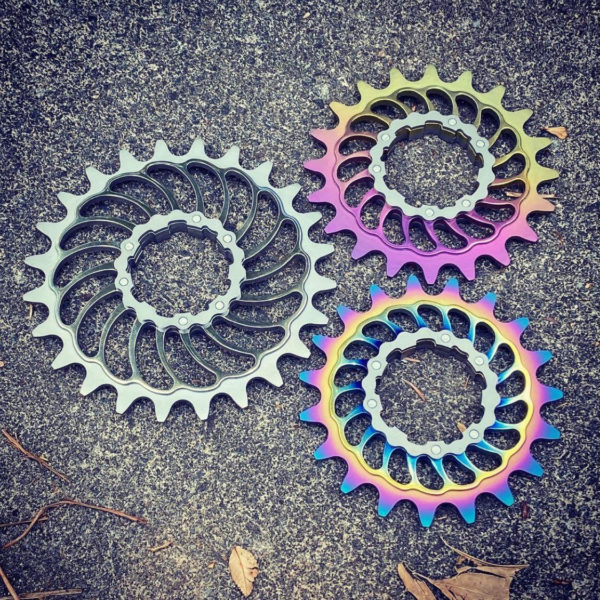
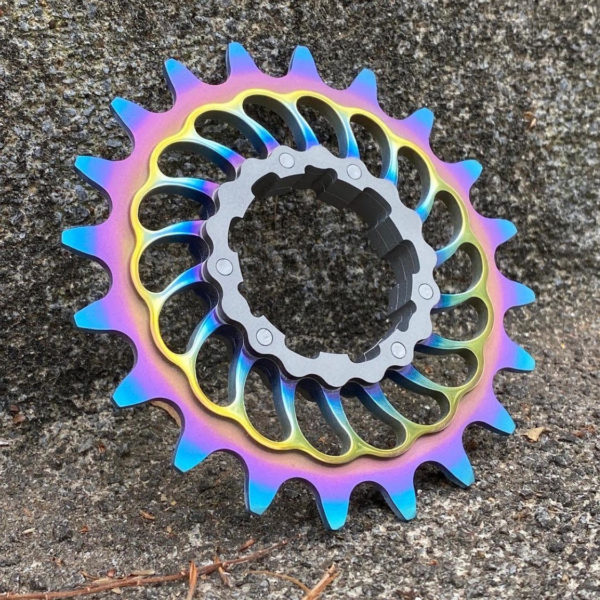
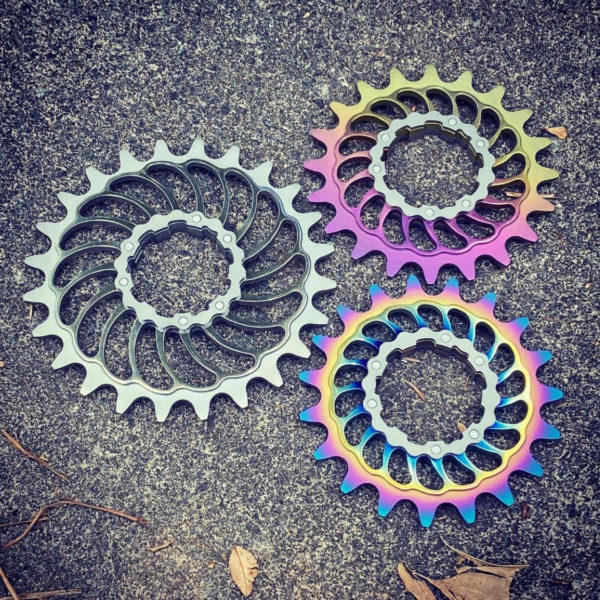

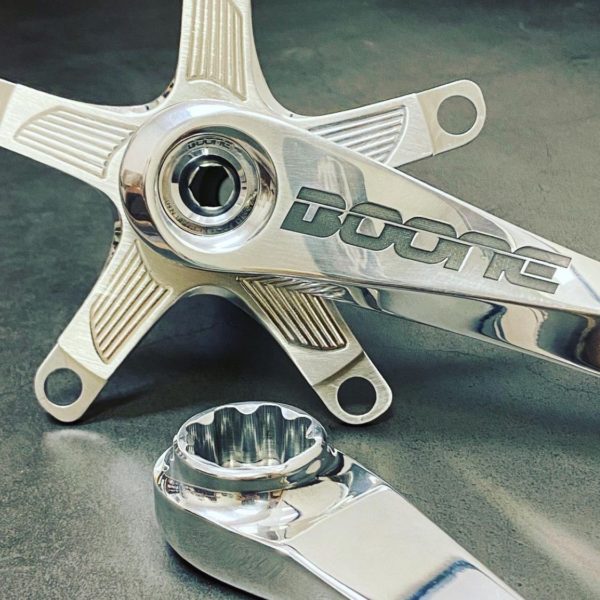
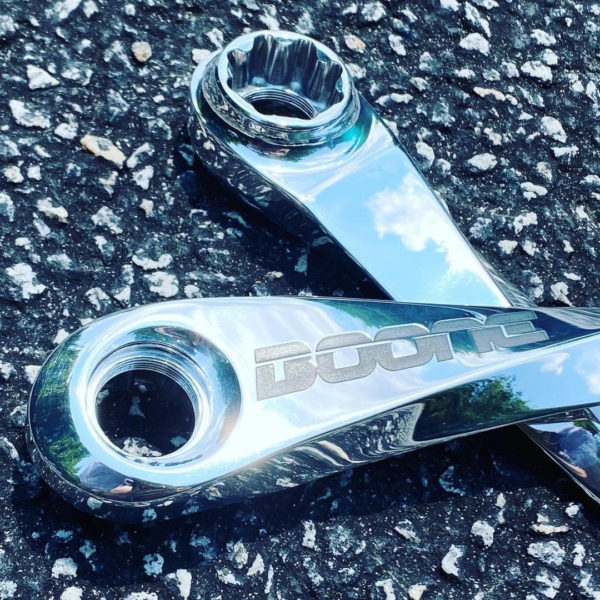
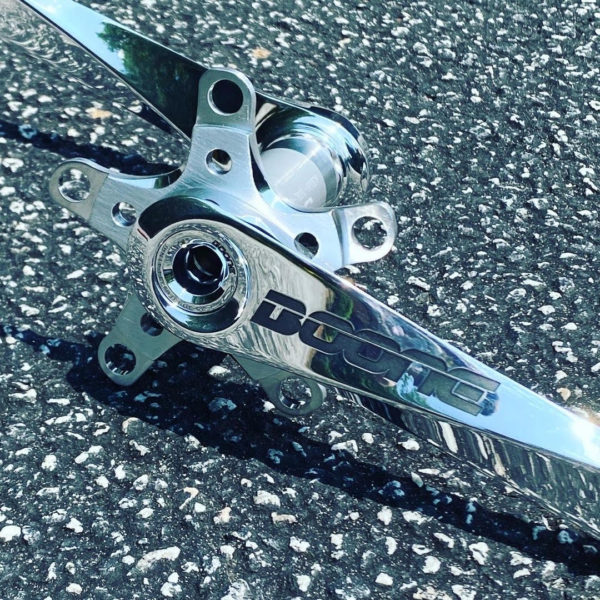
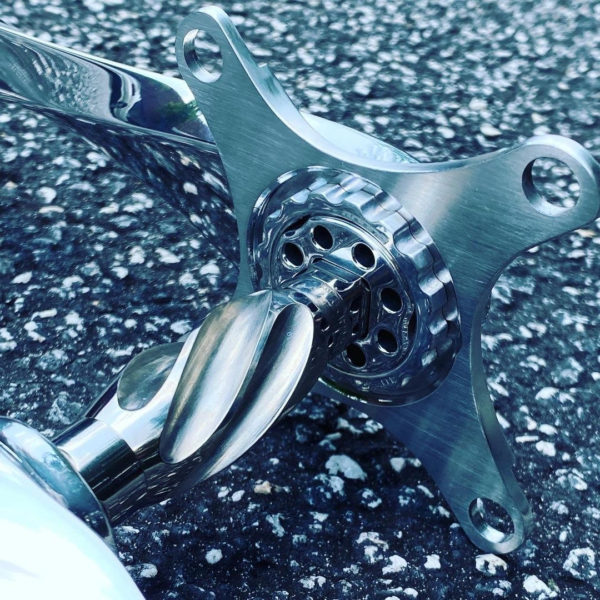
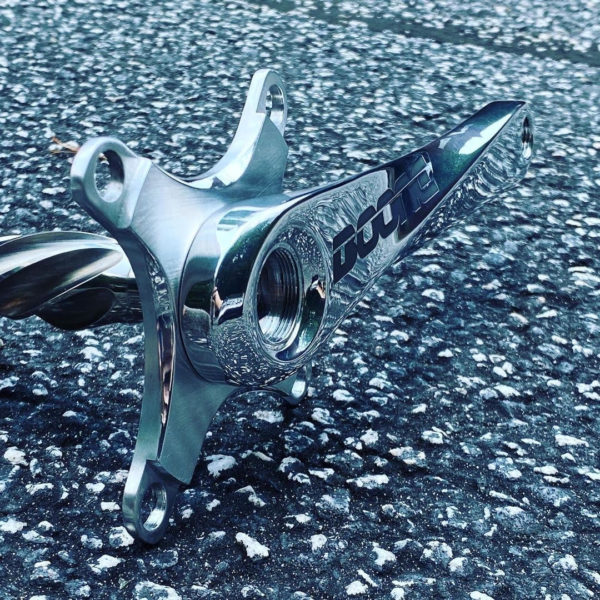
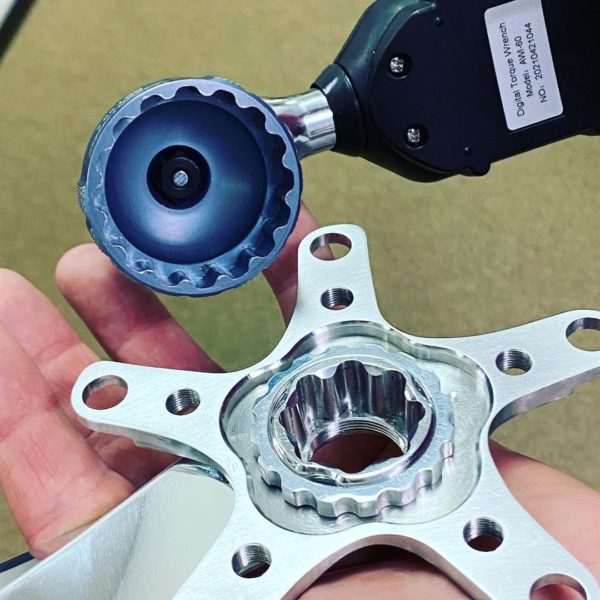
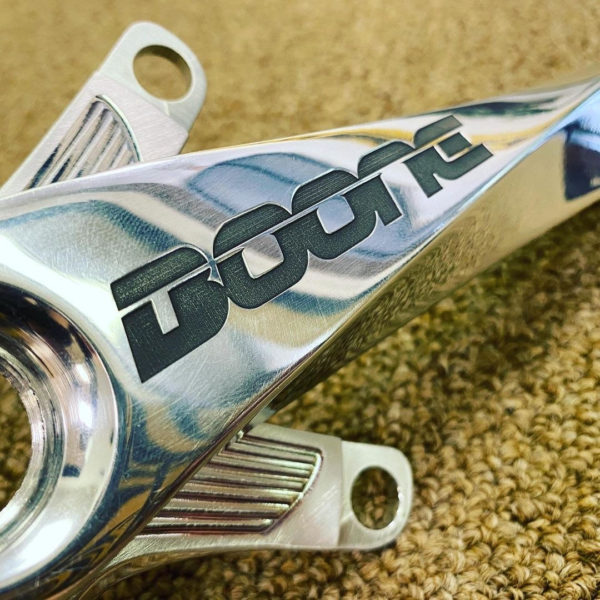
No comments yet.